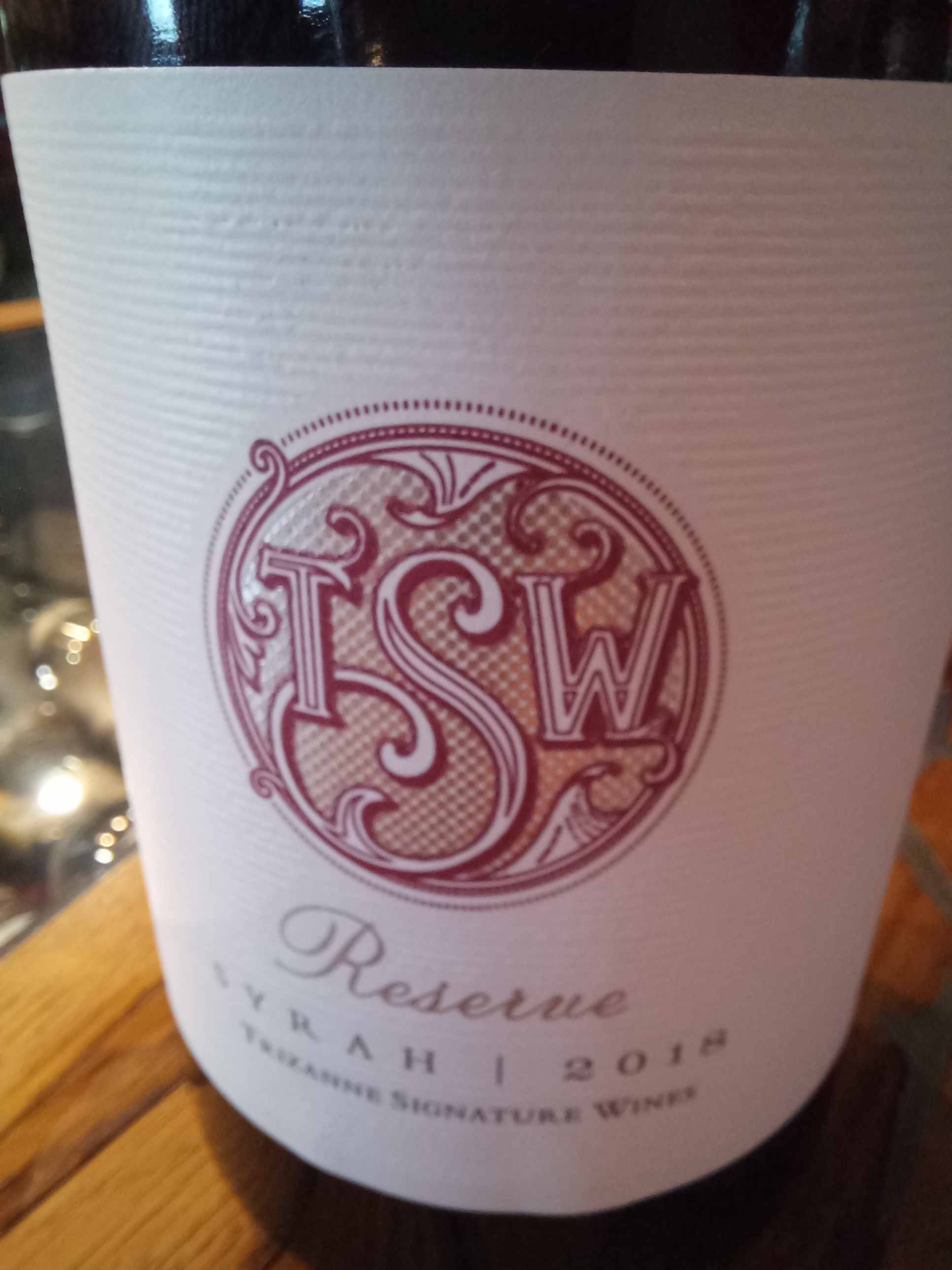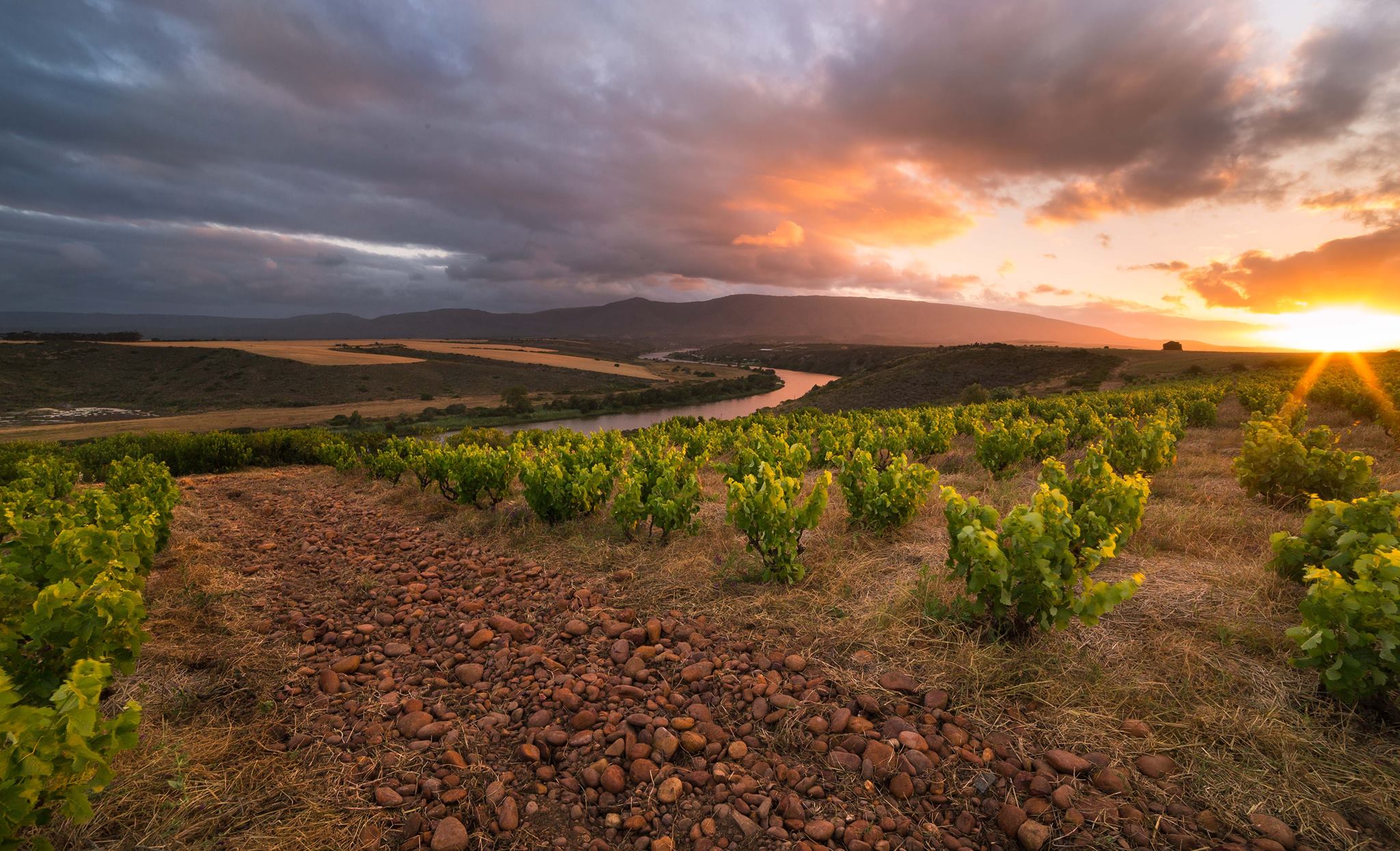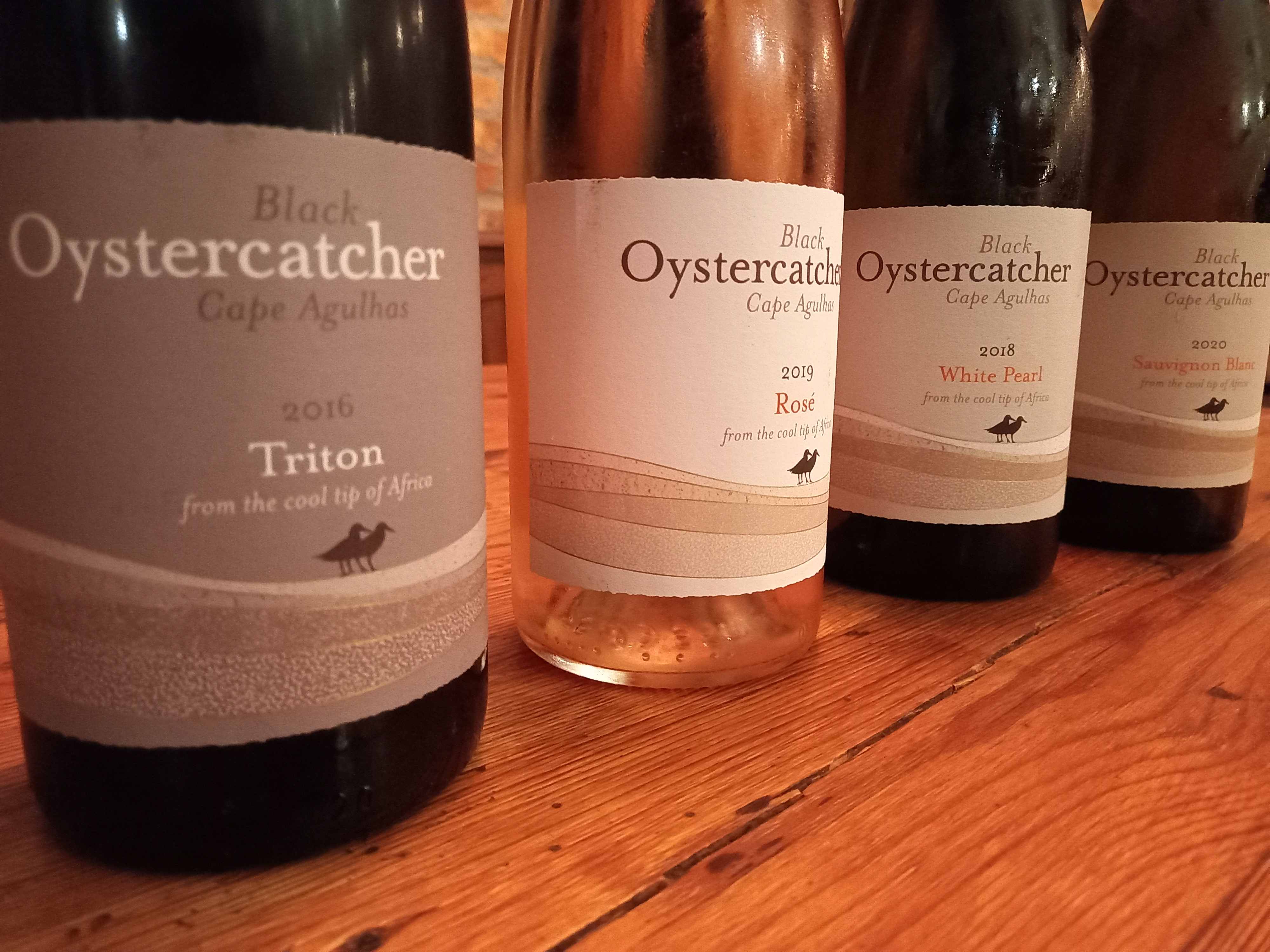A fresh southern angle
Pink Floyd’s 1973 album Dark Side of the Moon is remembered as much for its cover art as for the fact that it was the first time Roger Waters took on solo vocals for the British rock quartet.
The black cover depicted a clear glass prism with a shaft of light project onto one plane – and the visible spectrum emerging in rainbow separation on the other. It was conceived by graphic designer Storm Thorgerson, together with Aubrey Powell – and their company Hipgnosis was well and truly put on the map as a result.
That glass triangle image and the strongly thematic album became symbolic of counter culture at the time. And here’s the local wine angle: the Agulhas wine triangle which links a group of like-minded producers and promotes the multiple and varied charms of the Elim and Agulhas area.
Not to be obtuse, but whether or not it could be geometrically delineated as a triangle is moot because this true southern tip of the African continent is a beautifully unique and special place. It’s home to Strandveld vineyards, Black Oystercatcher, Giant Periwinkle, Land’s End, Bruce Jack Wines, Lomond, Zoetendal, Sjinn and Olivedale.
It’s cool – genuinely cool which makes it a happy hunting ground for Sauvignon Blanc and Semillon grapes which find their way into a host of other labels. David Niewoudt of Cederberg famously uses grapes from the area for his Ghost Corner range with The Bowline blend a standout. Trizanne Barnard has long sung the praises of the area and its grapes which she uses in her eponymous range. And her faith has been vindicated in her recent Old Mutual Trophy Wine Show triumph when her 2019 Reserve Syrah won the varietal trophy with a score of 97 points. La Motte cellarmaster Edmund Terblanche is also a fan of the area, sourcing Sauvignon Blanc and blending it with his Franschhoek fruit.
 Left: The 2019 Trizanne Syrah Reserve was recently deemed trophy worthy by the Old Mutual Trophy Wine Show.
Left: The 2019 Trizanne Syrah Reserve was recently deemed trophy worthy by the Old Mutual Trophy Wine Show.
Flinty, dusty gooseberry and lime zest typicity are what set Sauvignons and Semillons from this area apart – be they from Dirk Human’s Black Oystercatcher, Conrad Vlok’s Strandveld or The Giant Periwinkle. There’s a bracing acidity which carries the proverbial smack of the sea with it. A revelation on a recent visit was a 2007 Black Oystercatcher Sauvignon Blanc which was diamond bright, vital and vivacious with grapefruit zest and just a hint of waxy tertiary flavour. The naturally low pHs and good acidity contribute to excellent longevity.
As Lomond winery’s Hannes Meyer put it when interviewed, there is just so much untapped potential. In the three years he has been resident he’s begun experimenting not only with Sauvignon Blanc, Semillon and Shiraz but with Mourvèdre and Merlot too. Lomond has a rose which will sell like gangbusters come summer – and the carbonic Mourvèdre is an experiment worth repeating because of its vivacity and succulence. Grenache plantings are also in the pipeline.
Bearded advocate Pierre Rabie of Giant Periwinkle also believes in red wines burnishing the area’s reputation, and the Sun Spider Pinotage and Baardbek Cinsaut/shiraz blend bear him out. Bruce Jack concurs with Mourvèdre and Shiraz potential but ever the crazy scientist he’s trying Barbera and Pinot Noir too.
Conrad Vlok is the winemaker with the most vintages under his belt at Strandveld having been hired in 2004. Farming here is not for the fainthearted… vlok said the average temperature was between 20 and 21 degrees. “And the wind can destroy a grape crop!” he said. First Sighting and Strandveld ranges are impressive – especially the Navigator, a Shiraz driven blend with Grenache and Mourvèdre, Adamastor Sauvignon/Semillon and a particularly beguiling Cap Classique called Skaamgesiggie which takes its name from an endangered protea, a red data species. Vlok relates that this particular protea is pollinated by field mice – and is endemic to a 20 kilometre area nearby.
David Trafford was either utterly bonkers to plant in rocky, shale and schist soils near Malgas, or a genius blessed with amazing foresight! Charla Bosman heads up the pragmatic and functional cellar he designed utilising the locally available stone and slate – and it's been beautifully done.
Sijnn white and red blends are seamless and their use of Portuguese grapes like verdelho, touriga nacional and verdelho makes sense in the dry area which overlooks the Breede river. The mulching on the bushvines is huge but Bosman said they want to ensure they retain as much of the moisture from recent rains as possible since their annual average is a scant 350mm or so. And while Jolene Calitz-le Roux makes wines at Olivedale near Buffeljags, most of it is exported to Belgium.
 Left: More rock and shale than soil can be found at Sijnn with David Trafford’s low profile winery mimicking the Akkedisberg range in the background.
Left: More rock and shale than soil can be found at Sijnn with David Trafford’s low profile winery mimicking the Akkedisberg range in the background.
Overall there’s a different feel to the Agulhas wine triangle. It’s laid back, relaxed with unforced easy hospitality to be found at all the places. Black Oystercatcher with its cottages and restaurant make a great base of operations for a weekend – or even mid-week – visit. This is a “bubbling under” little gem of a wine area and is well worth exploring at leisure.
 Left: Cape Agulhas is proudly proclaimed on Black Oystercatcher’s labels – and it’s definitely a region to watch.
Left: Cape Agulhas is proudly proclaimed on Black Oystercatcher’s labels – and it’s definitely a region to watch.
- Blog by Fiona McDonald